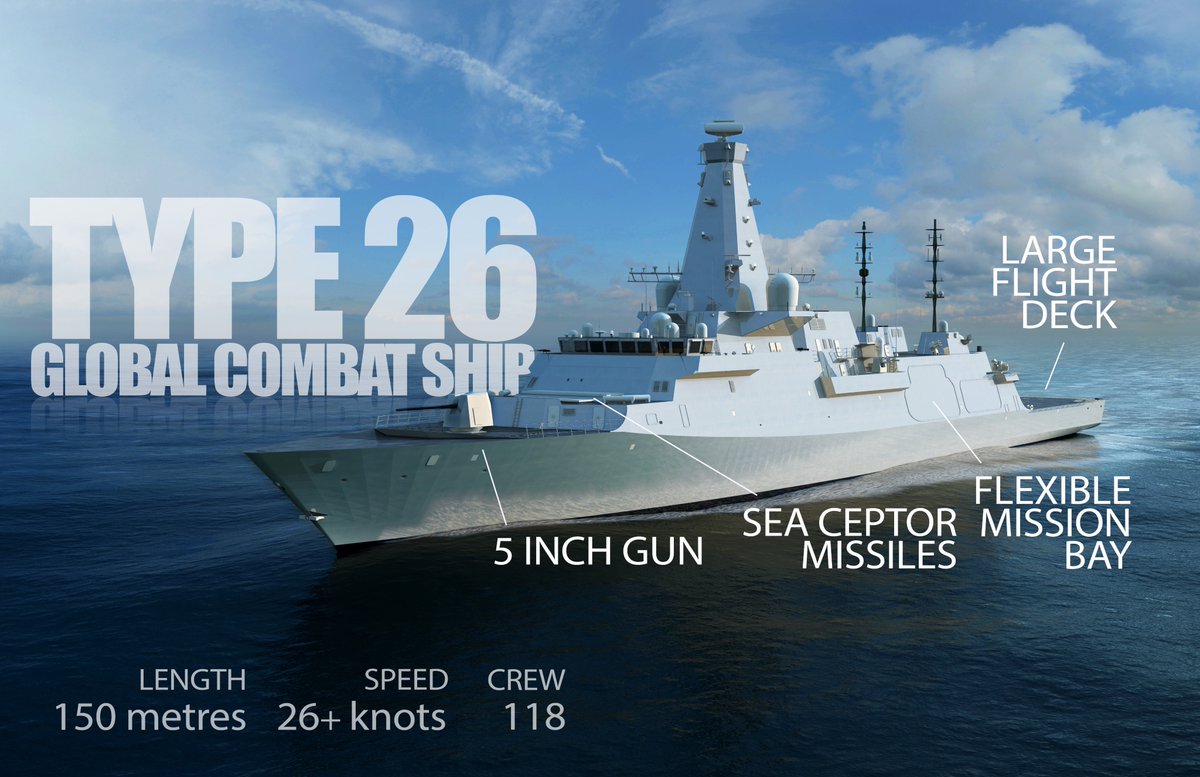F-35B: Exit or Double
Finally, a third option is to increase the capacities of aircraft carriers of conventional design by integrating the F-35B, the only V / STOL aircraft to be launched shortly and in June 2015, its first take-off tests From a springboard. It was designed as a replacement for the AV-8B and the Harrier, introducing several evolutions: faster, it is stealthy radar and considered fifth generation. If its payload is larger, it is also significantly heavier - almost three times more than an AV-8B at maximum load - and significantly more expensive. Several unknowns continue to weigh on his abilities. Of course, those related to the F-35 program in general (18), but also others, specifically related to the F-35B. In 2011, US Secretary of Defense Robert Gates had declared a two-year "probationary period", with Lockheed Martin making the program permanently viable, if necessary by reconceptualizing the aircraft. Otherwise, -Gates would have simply canceled this ramification of the program JSF
Some of the issues related to an unsatisfactory power-to-power ratio were time-consuming and led the Royal Navy to renounce the F-35B to the F-35C (19). This is the case for cockpit arming, in order to reduce the radar signature: in the antinaviral area, the JSOW (Joint Stand-Off Weapon) AGM-154 (20) has been tested and Will be carried away. The Naval Strike Missile, renamed Joint Strike Missile, is expected to be integrated into the aircraft in the 2020s. A Harpoon-like craft or a future airborne variant of the LRASM would require an under-the-wing transport, requiring space. The success of the F-35B program would not be without consequence for a number of navies. On the one hand, European aviation capabilities would be saved. If the British estimated a year ago that they would not board more than 15 F-35Bs on one of their aircraft carriers, which appeared to be over-sized (65,000 tons for a daily volume of In the order of 10 to 12), the recent Strategic Defense and Security Review confirms a target of 138 aircraft (48). Moreover, if Italy will buy 30 F-35B well, Spain has not yet ordered. With eleven large amphibious vessels (eight Wasp and at least three America) and 240 F-35B, the United States will also have a significant capacity.
On the other hand, the aircraft can be embarked on buildings such as the Juan Carlos LHD, purchased by Australia and Turkey - two F-35A acquiring countries, facilitating a possible integration of the F-35B. Ankara has never made a mystery of its naval ambitions, while the issue of the endowment of the two Australian buildings in F-35B occasionally surfaced in the local media. If the option is not cited in the recent Australian White Paper, there is nothing to prevent it from being revisited in the future. Japan, whose Izumo class helicopter destroyers are 178 m longer than the Juan Carlos and may not require a ski-jump facility (22), are 248 m long, Even if the general configuration of the ship should allow - unlike the Hyuga (23).



